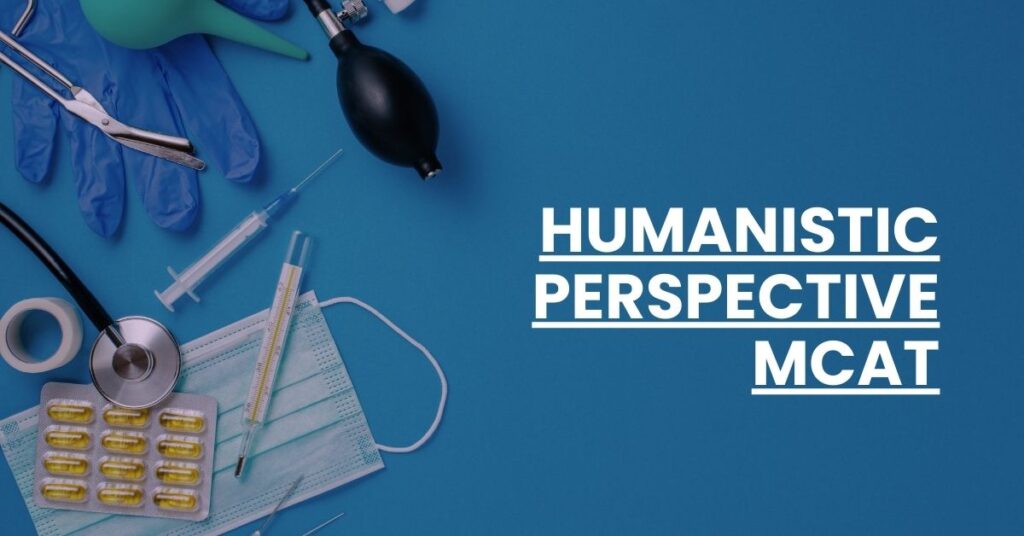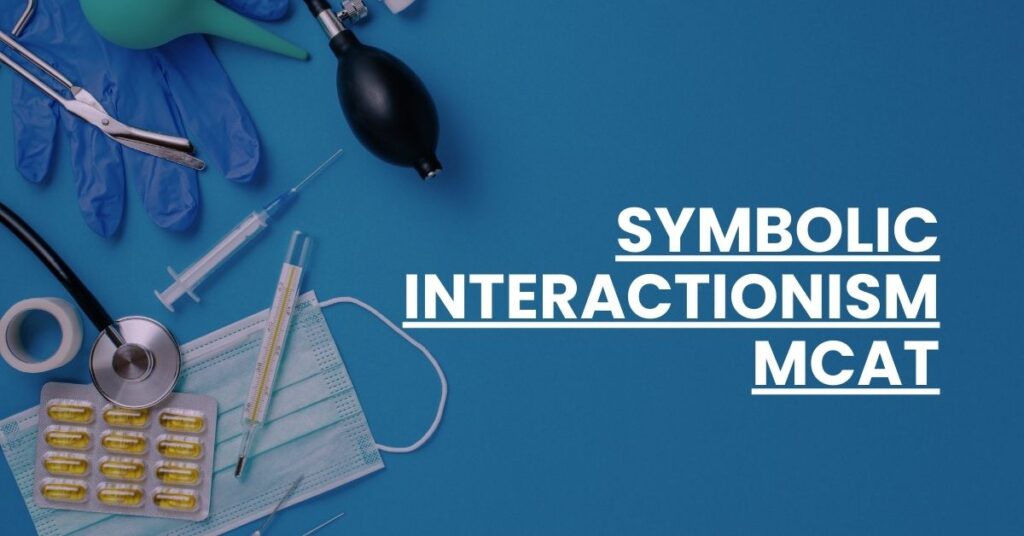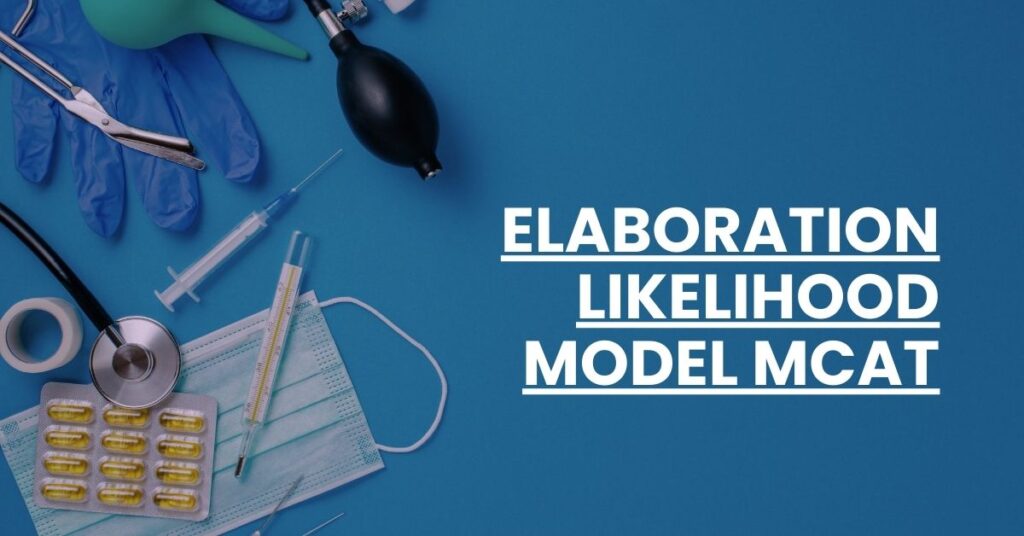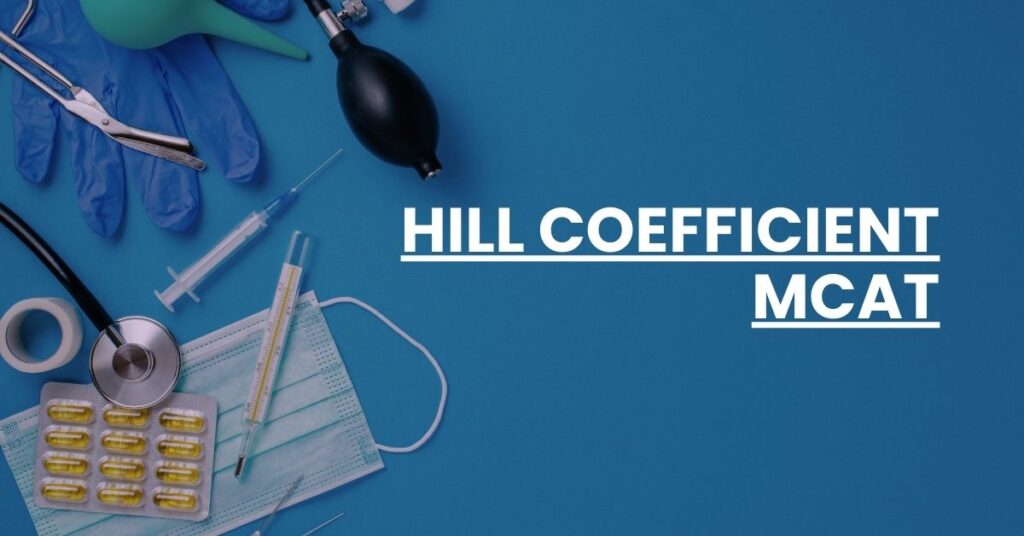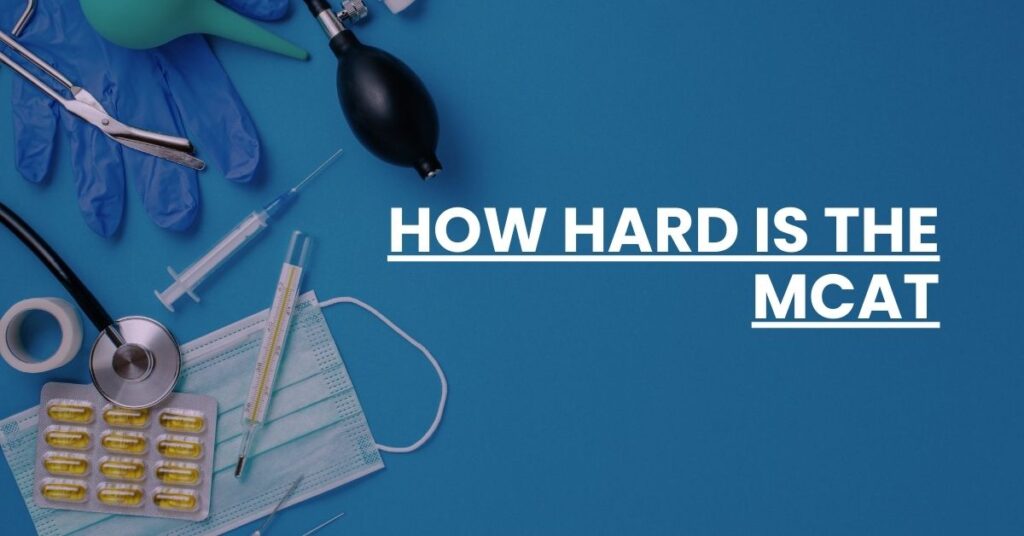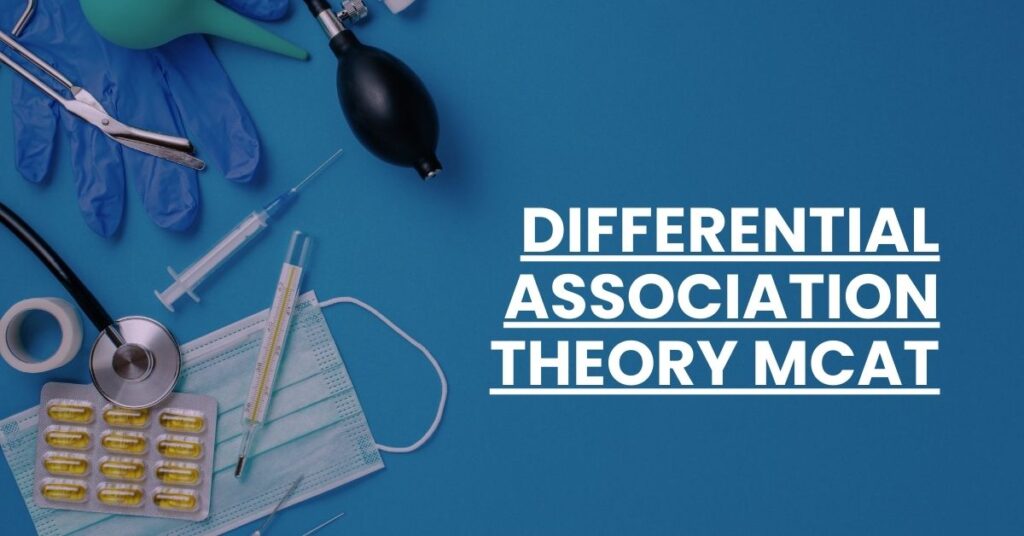Humanistic Perspective MCAT
The Humanistic Perspective on the MCAT focuses on the psychological approach that emphasizes individual potential and stresses the importance of growth and self-actualization. This viewpoint is crucial for aspiring medical professionals, as it shapes how they perceive patients’ motivations and behaviors, fundamental for fostering empathy and a holistic approach to care. In this article, we […]
Humanistic Perspective MCAT Read More »
